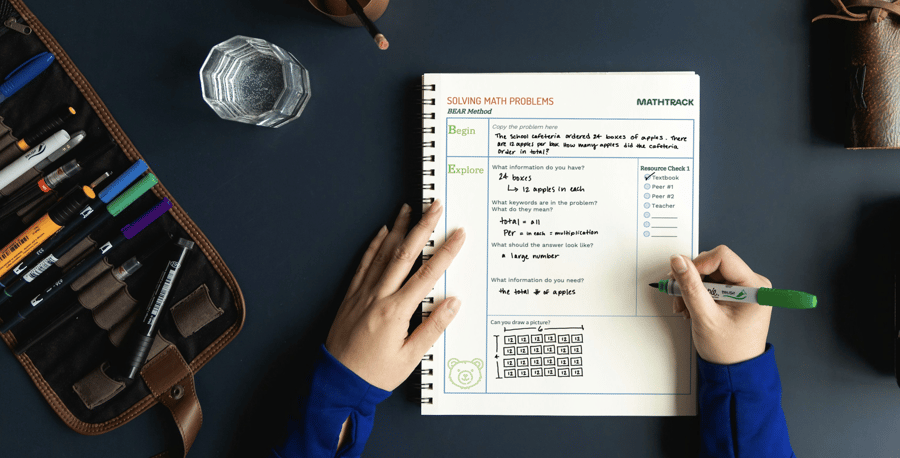ELLs in the Equation: Strategies for Mathematical Success
The Math Achievement Gap
Did you know that since 1996, the math scores for 4th-grade and 8th-grade EL students have been significantly lower than their non-EL counterparts? The National Assessment of Educational Progress, also known as the Nation’s Report Card, has been assessing schools across the country since 199 and has created many data tools to get a better picture of what math education is like in schools across several jurisdictions. When sorting by status as English Learners, a large gap becomes apparent:
| Math Scores Based on Status as English Learners - Fourth Grade | |||
| Year | English Learners | Non-English Learners | Diff. |
| 2019 | 220 | 243 | 23 |
| 2022 | 216 | 239 | 23 |
| Diff. | -4 | -4 | |
| Math Scores Based on Status as English Learners - Eighth Grade | |||
| Year | English Learners | Non-English Learners | Diff. |
| 2019 | 243 | 285 | 42 |
| 2022 | 241 | 277 | 36 |
| Diff. | -2 | -4 | |
Data from the Nation’s Report Card
While math scores as a whole are staying about the same, there is still a significant difference between students who are English Learners and those who are not. Additionally:
- EL Students in 8th Grade are scoring similarly to the 4th Graders who are not EL Students.
- By 2025, it is predicted that nearly 1 in every 4 public school students will be an English language learner.
- English Learners are 4 times more likely to drop out of high school than native English speakers.
- Read More
The prospect of working with EL students can be daunting to educators. Trying to communicate with someone who does not fully understand or speak the same language as you can be frustrating, and it is important to be both patient and culturally supportive to help these students feel at ease and learn in your classroom.
- Teachers in the U.S. will likely have at least one English learner in their classroom at some point in their teaching career.
- Few teachers and even fewer states are effectively equipped to teach English language learners.
- Empathetically consider the challenge of learning both an academic language and a new language simultaneously.
- Also consider the trauma of leaving their country, arriving in a new country, a new home, a new school, separation from family and friends, new foods, and a new culture.
ELs and Technology
For mathematics instruction at the elementary level, the most frequently cited problem by teachers was low student reading abilities. This language barrier is even more prominent for English learners. While interventions like translation apps can help with general literacy, there are more effective ways for students to gain mathematical knowledge. Instructional technology that removes the language barrier can play a critical role in providing access to understanding and rigorous mathematical problem-solving.
Effective Math Technology:
- Presents math problems visually
- Allows self-directed exploration
- Delivers scaffolded mastery-based learning
- Provides data for players to monitor their performance
- Real-time informative feedback
Source: Math Success for English Language Learners Infographic
Digital Manipulatives
Judit Moschkovich, a professor of mathematics education at the University of California, Santa Cruz, defines “equitable teaching practices for students who are learning English in the mathematics classroom as those that support mathematical reasoning, conceptual understanding, and discourse” (2013, p.45). The use of manipulatives is one way to make these goals attainable.
Manipulatives are considered essential in teaching.
- allow students to construct their own cognitive models for abstract mathematical ideas and processes
- provide a common language with which to communicate these models to the teacher and other students
Free digital manipulatives
TeachingForward.net
Takeaways
Incorporating technology into language learning can be a game-changer, especially for English Language Learners. By leveraging the power of digital manipulatives, we can create engaging and interactive learning experiences that break down language barriers and foster a deeper understanding of the English language. As educators and developers continue to explore innovative ways to utilize technology, we can expect to see even more exciting advancements that will empower English learners to reach their full potential.
Ready to dive deeper into how technology can transform your classroom? Check out our professional development resources for elementary school teachers to learn more about incorporating digital manipulatives and other tech tools into your curriculum.

